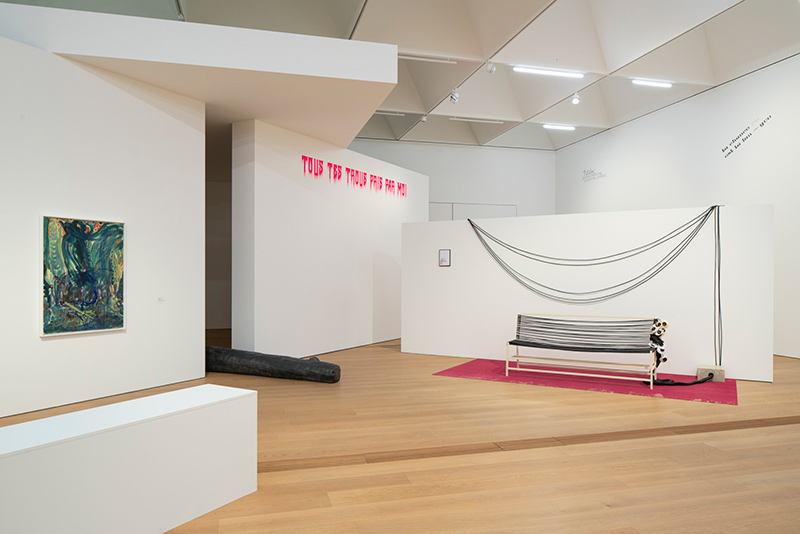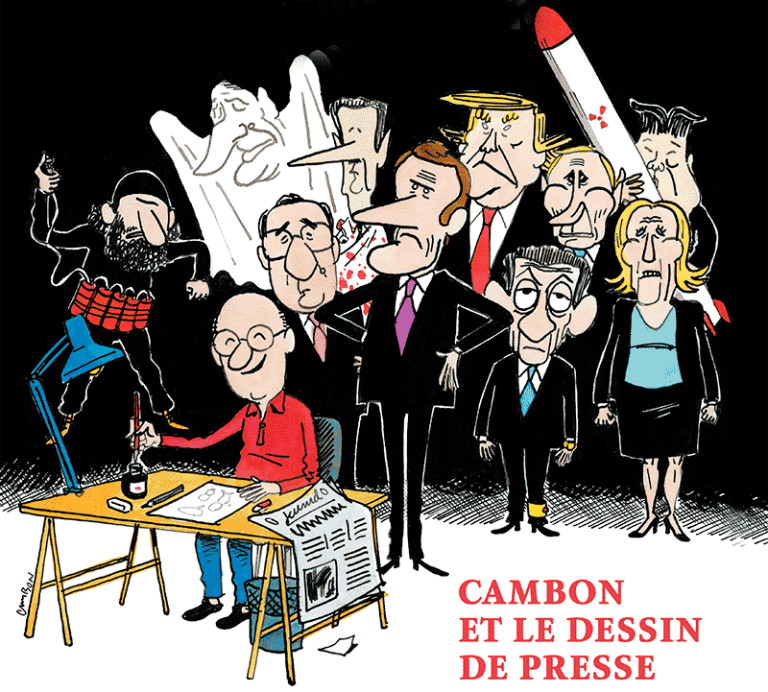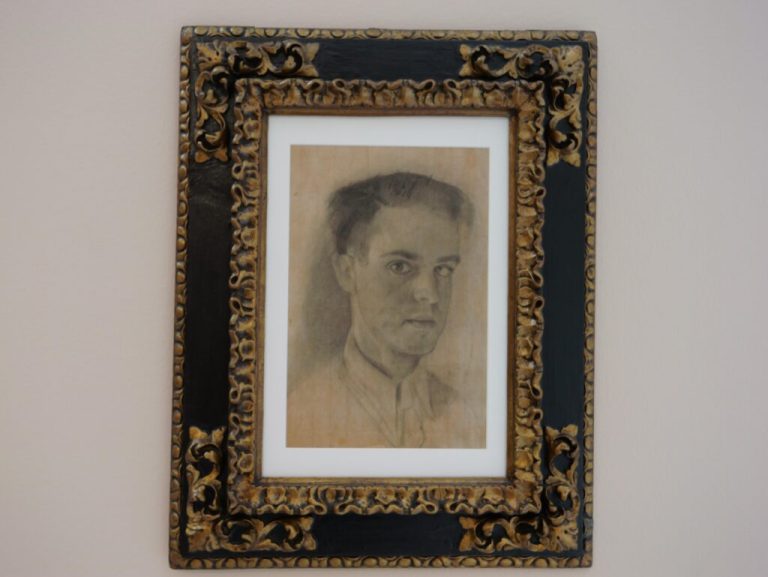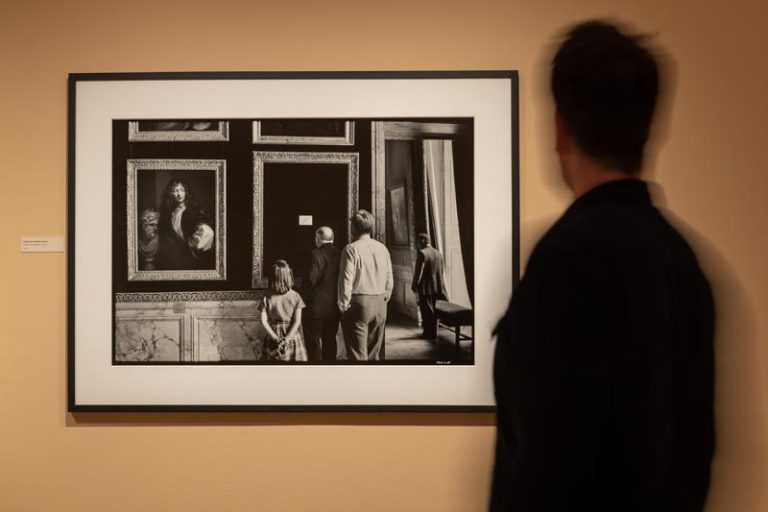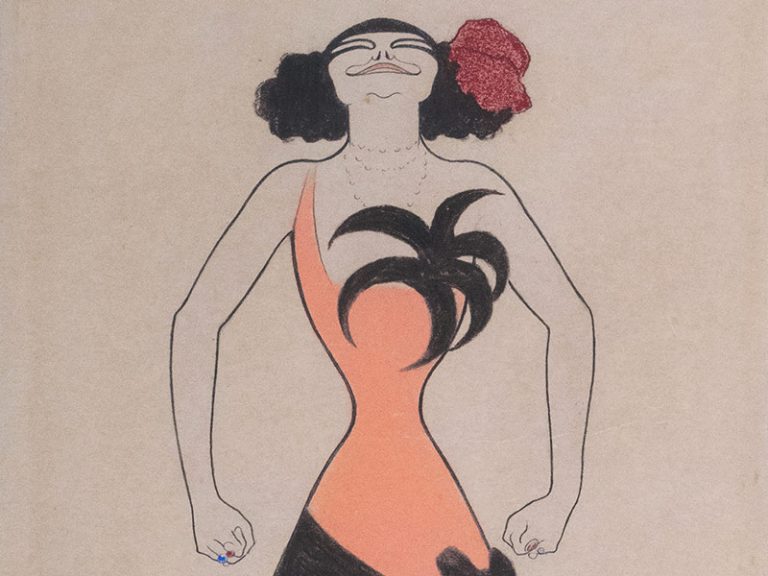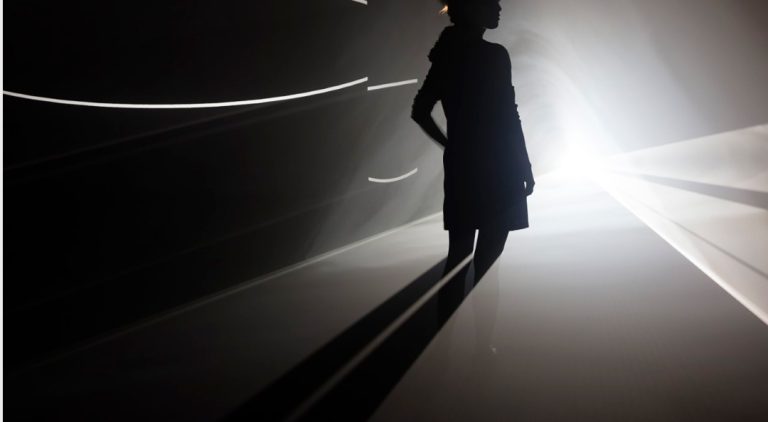Lausanne (Switzerland). It is a chess player who opens the first part of the exhibition “Surrealism. Le Grand Jeu” at the Cantonal Museum of Fine Arts (MCBA) in Lausanne, and not the least. Marcel Duchamp was not only the emblematic artist of the first 20th century, but also an experienced chess player, the most experienced in the surrealist milieu he was in contact with at the time, to the point of announcing that he was putting an end to his artistic activity in 1923. to pursue a career as a professional player. The prototype of the pocket chess game he designed in 1943 is one of the many astonishing pieces that the Lausanne exhibition features.
“Lausanne has missed out on surrealism”, However, analyzes Pierre-Henri Foulon, curator at the MCBA and co-curator of the exhibition. Because we had to wait until 1987 and a first exhibition, “Woman and Surrealism” to see works from the movement installed on the walls of the cantonal museum and arouse the interest of the Vaud capital.
Sometimes esoteric creative strategies
In 2024, times have changed and surrealism is celebrating on the banks of Lake Geneva, as in many places in Europe with a “surreal season” in all the institutions of the Lausanne museum district, Plateforme 10. At MCBA, it is through the theme of the game that the surrealist spirit is traced. Recreational, poetic or subversive game, surrealist creative strategies take the form of automatic writing or the exquisite corpse, rely on games of chance such as the game of dice or sail into more esoteric spheres taking inspiration from gaming tarot, astrology and alchemy.
View of the exhibition “Surrealism. The Great Game” at the Cantonal Museum of Fine Arts in Lausanne.
© MCBA Lausanne
By reversing the constraint of the availability of historical works already planned for numerous exhibitions in France and Belgium, the MCBA has designed an exhibition which highlights works by artists perhaps less known to the general public, sometimes from private collections, thus avoiding the pitfall of repetition. With a title borrowed from the review of the dissident Surrealist movement of Reims led by René Daumal and Roger Vailland (The Great Game between 1928-1930), these are side paths which are thus offered to visitors.
Unpublished works
The large rooms have thus been reorganized into small spaces, volumes more appropriate for the presentation of works of often modest format, films, books and magazines which punctuate the route. If we see in Lausanne, as elsewhere, works by major figures of the surrealist movement – from Max Ernst to Salvador Dali via René Magritte and a beautiful series by Victor Brauner kept at the Saint-Étienne Museum – it is the presentation of more original works which makes the exhibition original. This is the case with the Belgian painter Rachel Baes who illustrates in her paintings children's games with a cruel and disturbing character, or poems by Gisèle Prassinos created at the age of 14 using the automatic writing process – this “child prodigy” would not hesitate, later, to testify that she saw herself “treated a bit like an object” by the surrealists.
The exhibition instills a touch of Swissness throughout the entire journey. If we know the work associated with the surrealism of Meret Oppenheim, that of the lesser known Basel resident Irène Zurkinden, who frequented the surrealist milieu in Paris in 1929, is well represented here with a series of small format silent interior scenes which are striking by the strangeness and rampant eroticism of the situations. Having joined the surrealist movement in Paris in 1934, Basel resident Kurt Seligmann showed a pronounced interest in occult sciences, magic and alchemy. He drew on the symbolic vocabulary of his hometown, notably the Basel carnival, but also on Native American culture to deliver paintings with enigmatic symbolism, some examples of which are exhibited here. Same Native American inspiration for the artist from Lucerne, Sonja Sekula, whose work is hung in the exhibition in resonance with that of the German Unica Zürn: the two artists have in common the experience of mental illness and their work painted and drawn, complex and tormented, is related to surrealist research, circles that they frequent in Paris for one and in New York for the other.
Far from focusing on women artists like the previous exhibition in 1987, we nevertheless note a remarkable presence of some representatives of the movement: beautiful picture rails are reserved for the British Leonora Carrington and Ithell Colquhoun or the Argentine Leonor Fini.

